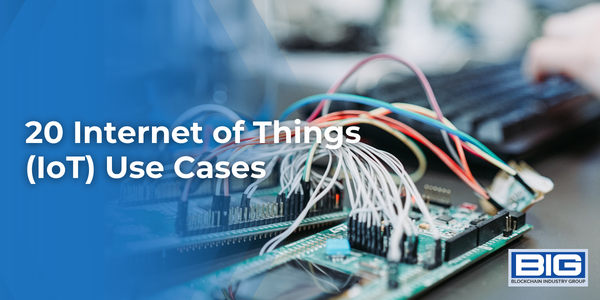
The Internet of Things (IoT) has the potential to improve our lives and the world around us in countless ways. From automating tasks in the home and optimizing the functioning of cities, to optimizing crop production and supply chain management, the IoT has the potential to improve efficiency and effectiveness in a wide range of industries. It could also be used to improve healthcare, optimize manufacturing processes, optimize energy use, optimize retail operations, optimize transportation, monitor environmental conditions, improve public safety, automate tasks in industrial settings, track assets, optimize inventory management, improve customer service, improve quality control, predict future events and trends, and monitor remote locations and systems. The possibilities for the IoT are truly endless and its potential to improve our lives and the world around us is exciting to consider.
- Smart homes: The IoT could be used to automate tasks in the home, such as controlling lighting, temperature, and appliances.
- Smart cities: The IoT could be used to optimize the functioning of cities, such as by improving traffic flow and waste management.
- Agriculture: The IoT could be used to optimize crop production, such as by monitoring soil conditions and irrigation.
- Supply chain management: The IoT could be used to optimize supply chain management, such as by tracking the movement of goods and ensuring timely delivery.
- Healthcare: The IoT could be used to improve healthcare, such as by monitoring patients remotely and providing real-time data to healthcare providers.
- Manufacturing: The IoT could be used to optimize manufacturing processes, such as by monitoring equipment performance and identifying potential issues.
- Energy management: The IoT could be used to optimize energy use, such as by monitoring energy consumption and identifying areas for improvement.
- Retail: The IoT could be used to optimize retail operations, such as by tracking inventory levels and identifying customer preferences.
- Transportation: The IoT could be used to optimize transportation, such as by monitoring traffic flow and identifying efficient routes.
- Environmental monitoring: The IoT could be used to monitor environmental conditions, such as air quality and weather patterns.
- Public safety: The IoT could be used to improve public safety, such as by monitoring crime and alerting authorities in real-time.
- Industrial automation: The IoT could be used to automate tasks in industrial settings, such as by monitoring equipment performance and identifying potential issues.
- Predictive maintenance: The IoT could be used to predict when maintenance is needed, improving the efficiency and effectiveness of maintenance efforts.
- Asset tracking: The IoT could be used to track the location and status of assets, such as equipment and vehicles, improving efficiency and reducing the risk of loss.
- Inventory management: The IoT could be used to optimize inventory management, such as by tracking inventory levels and identifying when restocking is needed.
- Customer service: The IoT could be used to improve customer service, such as by providing real-time assistance and tracking customer interactions.
- Quality control: The IoT could be used to improve quality control, such as by monitoring production processes and identifying potential issues.
- Predictive analytics: The IoT could be used to predict future events and trends, improving decision-making and enabling proactive action.
- Predictive maintenance: The IoT could be used to predict when maintenance is needed, improving the efficiency and effectiveness of maintenance efforts.
- Remote monitoring: The IoT could be used to monitor remote locations and systems, improving the efficiency and effectiveness of operations.
20 Robots and Robotic Technology Use Cases
—
20 Use Cases Enabled in Biotechnology
—
30 Industries Disrupted by Converging Future Technologies
—
Explore More Future Technology Blogs



